All About Hagwon: Why South Korean Parents Put a Premium on Private Tutoring
South Korea is known for producing high-achieving students, which is the result of the country’s intense education system. A typical SK student’s day starts at public school, wherein they spend around 7 hours learning compulsory subjects such as Math, English, Korean language, Science, and Fine Arts, among others. But their day doesn’t end there as most of them will spend an additional 5 to 7 hours learning in a private tutoring institution known as a hagwon.
It is estimated that there are over 80,000 hagwons operating in South Korea, and in Seoul, 91.2 percent of elementary students are being tutored in these places. The city also has the highest rates of students receiving after-school tutoring at nearly 85 percent. Moreover, Seoulites will not hesitate to spend a fortune on private tutoring, as data states that the typical household now spends more money on hagwon costs than food. But why are South Korean parents investing so much in private tutoring? Here’s what you need to know about hagwons, and why SK parents put a premium on these places.
Understanding Hagwon Culture
In most Western countries, parents may hire private tutors if they feel like their child needs extra help in certain subjects. Since these tutoring sessions often take place at home, parents make it a point to conduct a thorough background check before hiring a private tutor. Doing so not only enables parents to assess a tutor’s suitability and skills, but it also lets them know if the person has a clean criminal record or not.
In South Korea, parents don’t look for private tutors, but they let their kids attend classes in hagwons. These places are considered essential for getting good grades in school, and it can be a gateway to enter a coveted spot in a top university. Some hagwons, such as those found in Gangnam’s Daechi-dong district, are famous for having the nation’s best teachers. Parents who are passionate about their kids’ education do all they can to secure a spot here since it’s where they can get help creating a stellar college admissions portfolio for their children. This is a must, especially if their child wants to apply to a university that’s focused on music, art, or sport.
To get a spot at a Daechi-dong hagwon, parents or students must file an application online on a certain date. If there’s no more room for new applicants, students may check online to see if anyone drops out, and if someone does then they can fill that spot. Students are then required to take a reading comprehension and essay test. If they fail, they’ll have to wait four months before applying again. Some hagwons also make it a point to check the parents’ income to make sure that they can afford the fees. One subject at a Daechi-dong hagwon costs about 1 million won or around $810 to attend per month, so the cost can add up, especially if a student takes multiple classes.
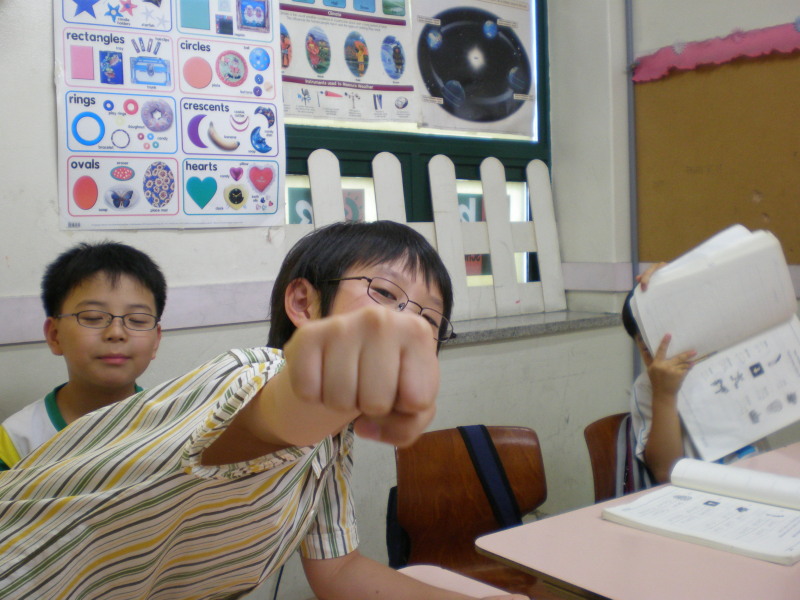
How do Parents Choose a Hagwon?
When choosing a hagwon, South Koreans usually rely on online ratings and recommendations, and they also consider the cost and the curriculum offered by the institution. Some hagwons not only teach academic subjects, but they also offer classes in taekwondo, art, music, and cooking, among others. Parents typically choose a hagwon that’s close to their home or their child’s school since kids usually walk or commute to these places on their own. Some kids attend multiple hagwons from Monday to Friday, and this keeps them busy until late night.
Dedicated Study Spaces for SK Students
There are some places in South Korea that don’t offer private tutoring, but they’re classified as hagwon too since students come here to study. These places are called reading rooms, and middle school, high school, and university students often use these places since they find that it boosts their productivity, compared to studying at home. For about 200,000 won or $150 a month, students get to study in a shared space divided by partitions, and the fee comes with the use of a desk and a chair. Some reading rooms have been rebranded as study cafes and are offering snacks and beverages to students. Though the cost is a bit higher than standard reading rooms, most students find that it’s worth it since they won’t have to leave the premises if they’re feeling a bit peckish.
South Korea’s hagwon culture may seem a bit demanding to those who aren’t familiar with it, but SK parents know that it’s a must for their children to succeed. Academic achievement leads to career opportunities in the country, so we can expect that hagwons will continue to thrive in the coming years.
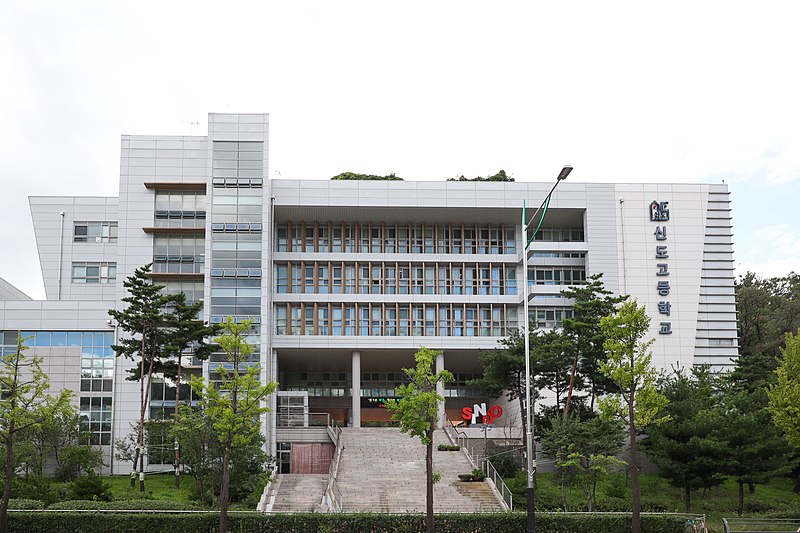
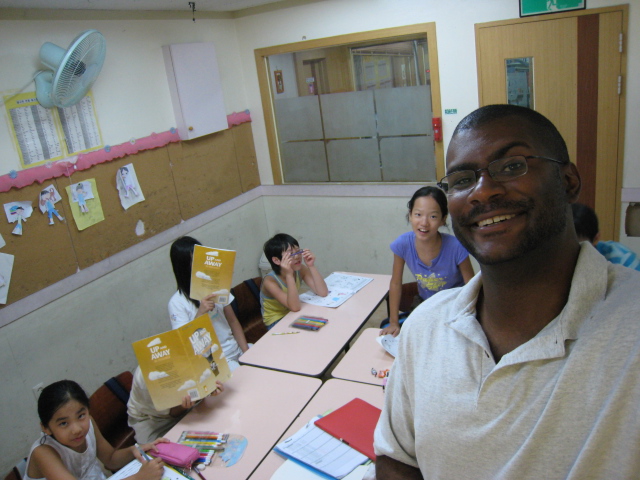
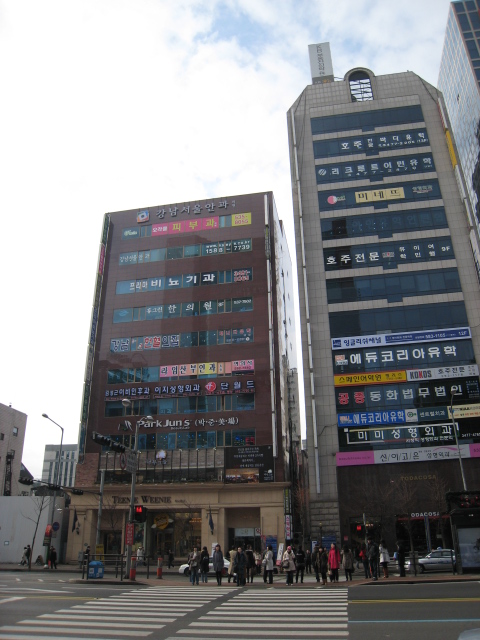

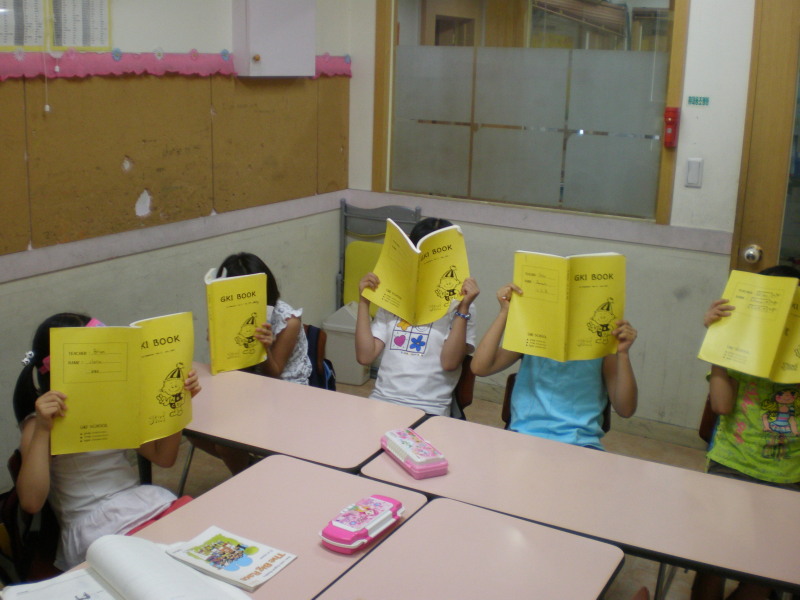

Avoid hogwons and go for international schools or private schools or public schools.
If you do your research you can find decent hogwans. Due diligence!